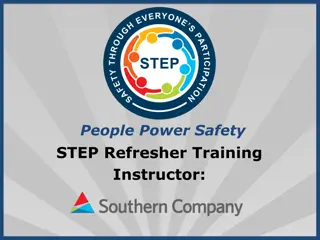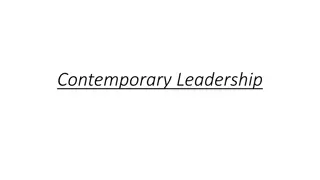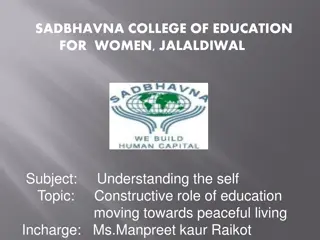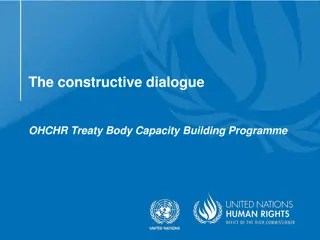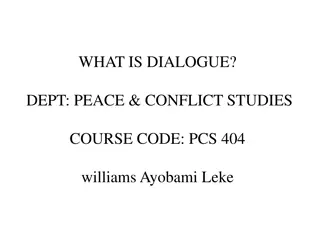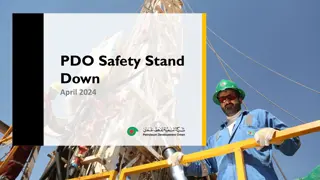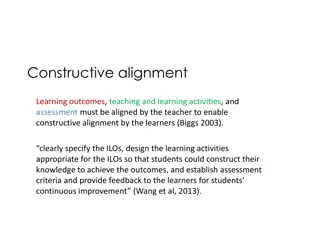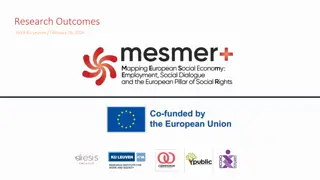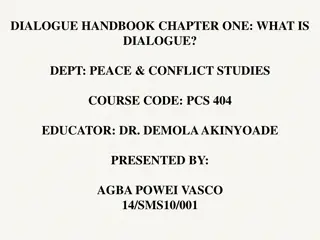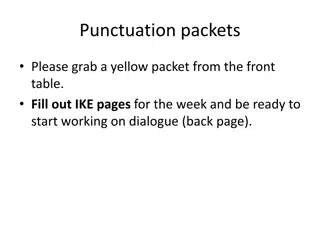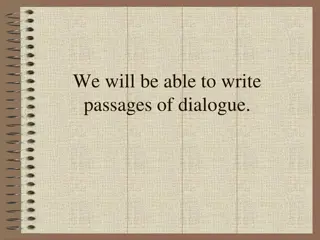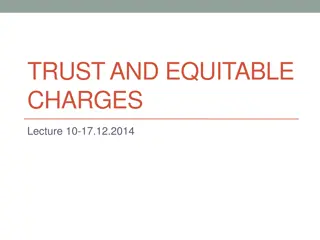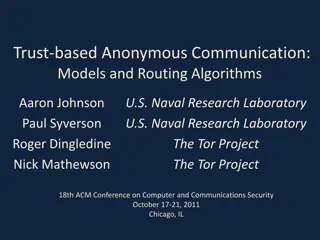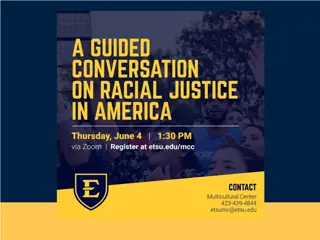Achieving Safety, Openness, Trust, and Constructive Dialogue
This content delves into strategies for fostering safety, openness, trust, and constructive questioning in learning events. It explores the crucial role of preparation, group dynamics, and structured processes in creating an environment conducive to growth and reflection.
Download Presentation

Please find below an Image/Link to download the presentation.
The content on the website is provided AS IS for your information and personal use only. It may not be sold, licensed, or shared on other websites without obtaining consent from the author.If you encounter any issues during the download, it is possible that the publisher has removed the file from their server.
You are allowed to download the files provided on this website for personal or commercial use, subject to the condition that they are used lawfully. All files are the property of their respective owners.
The content on the website is provided AS IS for your information and personal use only. It may not be sold, licensed, or shared on other websites without obtaining consent from the author.
E N D
Presentation Transcript
Learning Event Workshop How do we achieve Safety, openness and trust and appropriate constructive questioning and challenge ? (Guidance App 1) 1
Learning Events purpose Critical part of the review and greater than the sum of its parts Voice of the practitioner and of the family Create conditions for engagement and learning anxiety and defensiveness block learning and ability to reflect To identify learning points To improve future outcomes Guide for Organising and Facilitating Learning Events Working Together to Safeguard People. Volume 2, Child Practice Reviews, 6.37-6.40 (CCPR); 7.34-7.38 (ECPR) Working Together to Safeguard People. Volume 3, Adult Practice Reviews, 6.36-6.39 (CAPR); 7.32-7.36 (EAPR) 2
Learning Events roles Role of the Panel and members: support the reviewer to ensure effective LE creative engagement and support for practitioners. Role of the Chair: quality assure on behalf of the Panel. Role of the Reviewer: guide the session manage anxiety elicit learning. Role of the Agency: responsibility for prior preparation of and ongoing care and support of practitioners. 3
Learning Events preparation Careful preparation is crucial in terms of managing anxiety and promoting a learning environment Practical arrangements including venue Invitation letter (App 2) focused prompts Working Principles (App 4) Differing models Modes of facilitation 4
Learning Events process Pre-conditions for building effective group relationships safe environment, openness, trust, challenge, change rebuild safety. (App 1) Stages in group dynamics. (App 3) Identify key points, looking at who did what, when and why, highlighting assessment and decision-making; tell story with reference to the Timeline. Differentiate between thoughts and actions at the time and from the wisdom of hindsight and a known outcome. Main task Timeline, story, analysis, summarise, clarify learning points. Identify practice learning points for further consideration. 5
Learning Events structure Methods focused questions; small and larger groups. (Guidance, 3.16) Importance of introductions and clarity of purpose, objectives, process and expectations. Combination of structure and managing an evolving situation. How do we achieve Safety, openness and trust and appropriate constructive questioning and challenge ? (App 1) 6
Learning Events pathways Limited Positive 7
Learning Events ending and debrief Well-structured endings important for the review process and the individuals (Guidance 3.12) Summarise key learning points Broadly agree the content of the learning Outline the next steps Evaluation and checking out Debrief Learning Events practitioners Family members Reviewers and Review Chair/Panel 8




